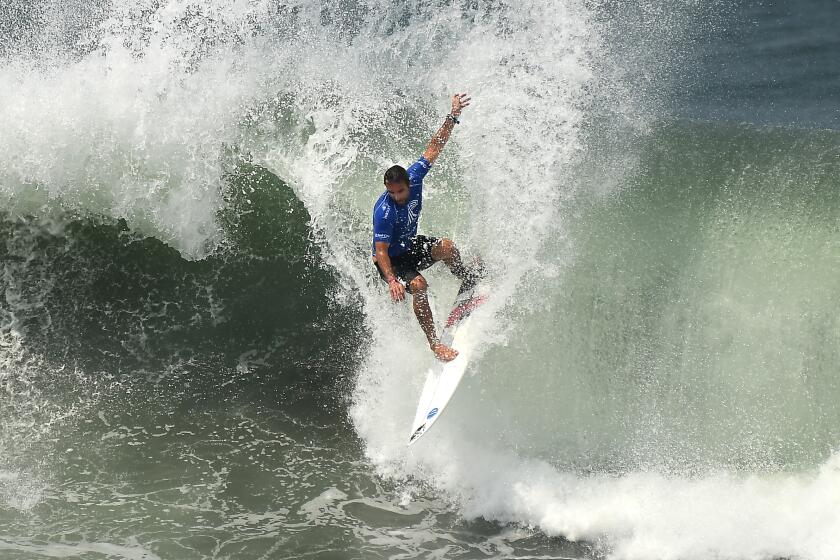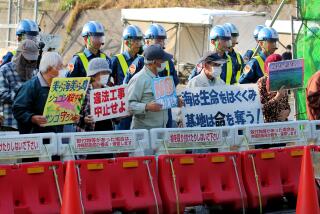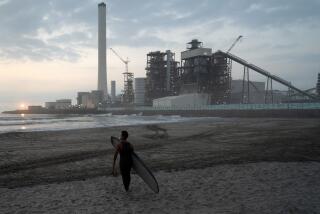Far from the Olympic limelight, the waves of Fukushima are ‘healing’ for local surfers
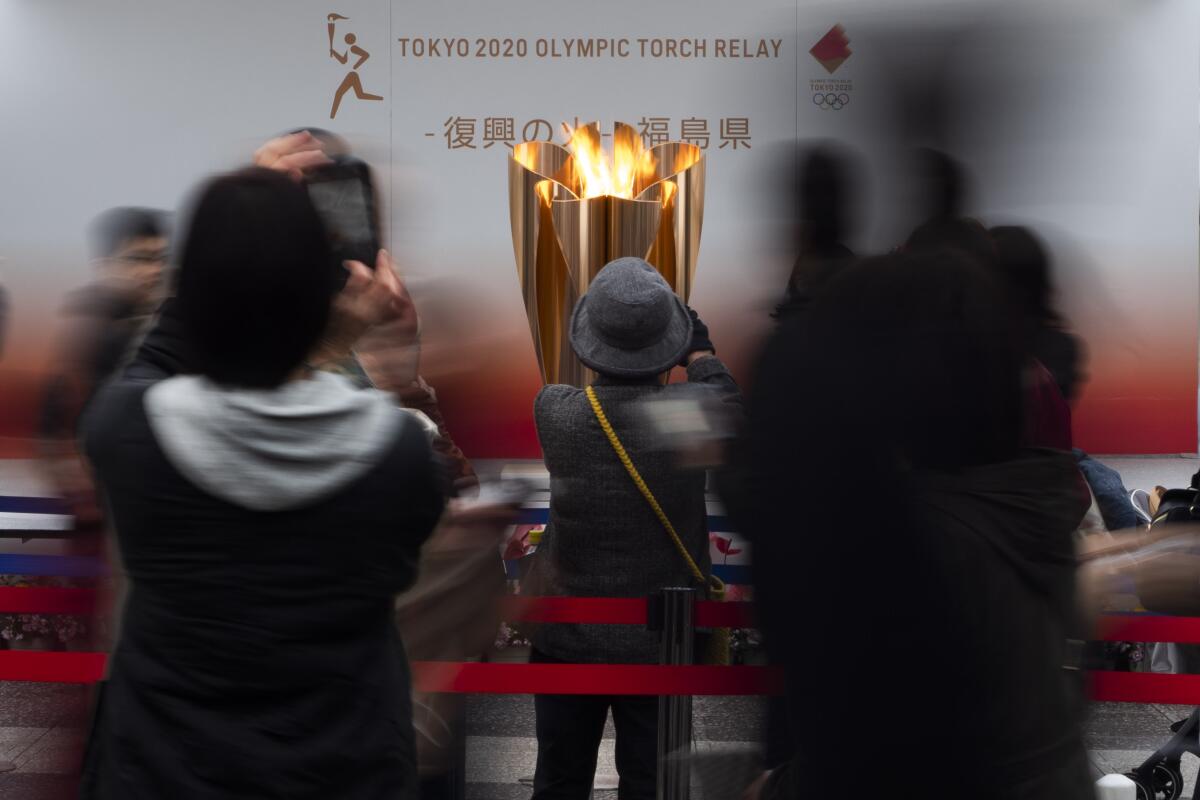
MINAMISOMA, Japan — If Hideki Okumoto had his way, Olympians would be surfing the waves of Kitaizumi Beach this summer.
The beach, less than 20 miles from the Fukushima Daiichi nuclear plant, where a 2011 earthquake and tsunami set off the worst nuclear disaster since Chernobyl, has some of the best surf in Japan, says Okumoto, a local economics professor and avid surfer.
What better way to signal Fukushima is safe and open for business than to have the best surfers compete at Kitaizumi while the whole world watches?
After all, Japan has billed the Games as the “Recovery Olympics” that could remake the image of Fukushima by associating it with the celebration of the planet’s largest sporting event instead of the devastation of the triple disaster.
But with a month to go until the opening ceremony, some in the heart of Japan’s stricken region feel that Olympic promise has been all but forgotten.
The cameras trained on the surfers competing in the sport’s Olympic debut will instead be 150 miles farther south, at Tsurigasaki Beach, closer to Tokyo. With myriad COVID-19-related restrictions, it’s unclear whether the U.S. surfing team, which the city of Minamisoma was scheduled to host for cultural exchange events, will be able to visit. Around town, posters advertising July’s local horseback samurai festival outnumber signs marking this summer’s impending Games.
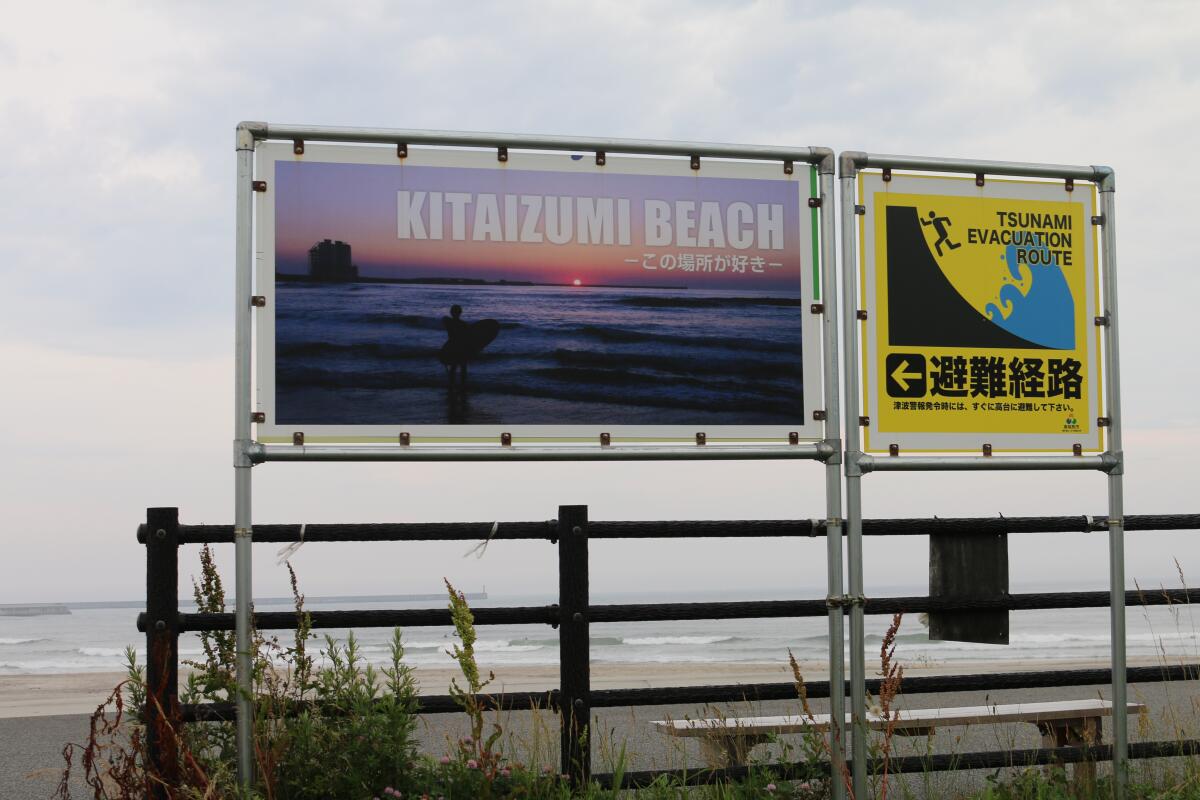
The pandemic’s mounting toll has eclipsed remembrances of the Fukushima disaster that claimed nearly 20,000 lives and displaced many more for years — including 40,000 who have yet to return home.
Countries taking on the costly burden of hosting the Olympics normally reap rewards not only in ticket sales and tourism dollars, but also in the less immediately quantifiable benefits of elevating a nation’s stature in the eyes of the world. The last time Tokyo hosted, in 1964, many credited the Games for resetting perceptions of Japan from its militarism and defeat in World War II to a rising, modern economic force.
How much Japan will be able to recoup of the billions of dollars invested in this summer’s postponed Olympics is much in doubt, with no overseas spectators allowed and local attendees being capped at 10,000 per venue, ruling out a significant chunk of what was originally expected to be $800 million in ticket sales.
As an Olympics “host town,” Minamisoma had for years prepared to show appreciation for countries that helped in the aftermath of the disaster. Schoolchildren had learned about partner countries and islands near and far — South Korea, Taiwan, the U.S. and Djibouti — and sent video messages to their athletes, and handcrafted masks, fans, banners and origami to present as gifts to the teams.
The first Olympics to include surfing was a big topic of discussion for surfers competing at the ISA World Surfing Games, but will the Olympics go forward?
But with the threat of the COVID-19 pandemic still looming over Japan, including low vaccination rates and continued infections, the luster of hosting the Games has faded for many communities. Dozens of host towns have been forced to scrap planned events and training camps as their hoped-for moment in the international spotlight dims.
Japan has had to come quickly to terms with the prospect that when the world comes, it brings its problems too. This week, a member of Uganda’s national team tested positive for the coronavirus upon arrival and was quarantined while the rest of the members headed for their host town of Osaka.
In Minamisoma, some local leaders have questioned whether the record $15.4 billion being spent on the Olympics — spiffing up stadiums and building athlete housing in Tokyo — could have gone to local reconstruction and ongoing nuclear cleanup.
“I thought to myself, is this Olympics for the reconstruction of Fukushima or the redevelopment of Tokyo?” said Katsunobu Sakurai, 65, who served as mayor of Minamisoma from 2010 to 2018.
In March, the Olympic torch relay started at Fukushima’s sporting complex, which was used as a staging area for those working on decommissioning the plant damaged in 2011.
Olympic organizers have said athletes will be dining on produce from Fukushima and receive bouquets from its fields, in an effort to help farmers who still struggle from wariness over radiation unleashed from the nuclear meltdown. Japanese officials have said radiation in most areas in the region have returned to pre-disaster levels and the local produce is safe.
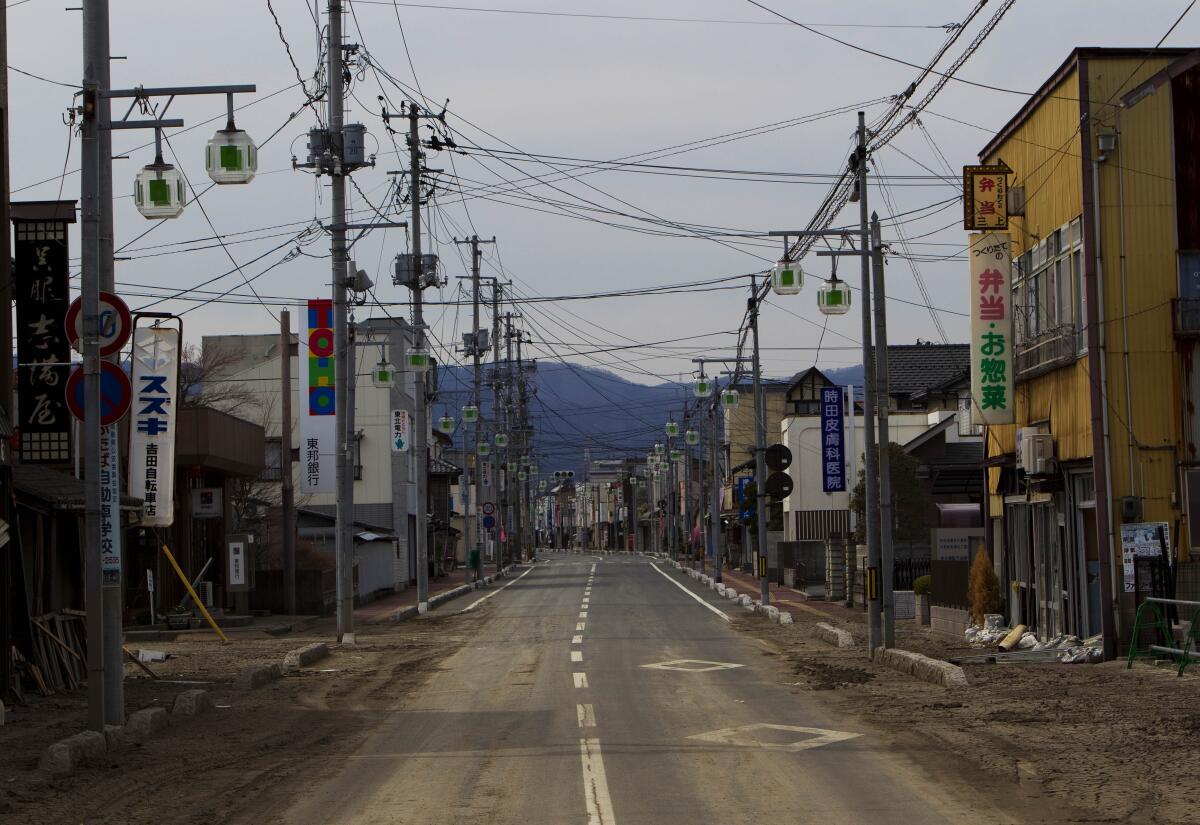
At the same time, critics including Greenpeace Japan, which has monitored radiation levels in the region for the past decade, have called the government’s assessment premature and its claims of decontamination overblown.
Radiation in the waters and sand of Kitaizumi have long since returned to normal levels, said Okumoto, who has been monitoring the levels for years. In fact, because of constant monitoring, Fukushima’s waters may be one of the safest places to enjoy the sea, he said.
Kitaizumi Beach officially reopened to the public in July 2019, more than eight years after the disaster that claimed more than a thousand lives in the city of Minamisoma alone.
“The world might hold a negative image of Fukushima, but look, we are surfing, and you can even fish. There is not a problem,” said Morito Murakami, a 47-year-old from Fukushima city, one of several regulars who had made the hourlong trek to Kitaizumi on a drizzly June evening, drawn to its waves. Next to him, a friend was carefully waxing his board.
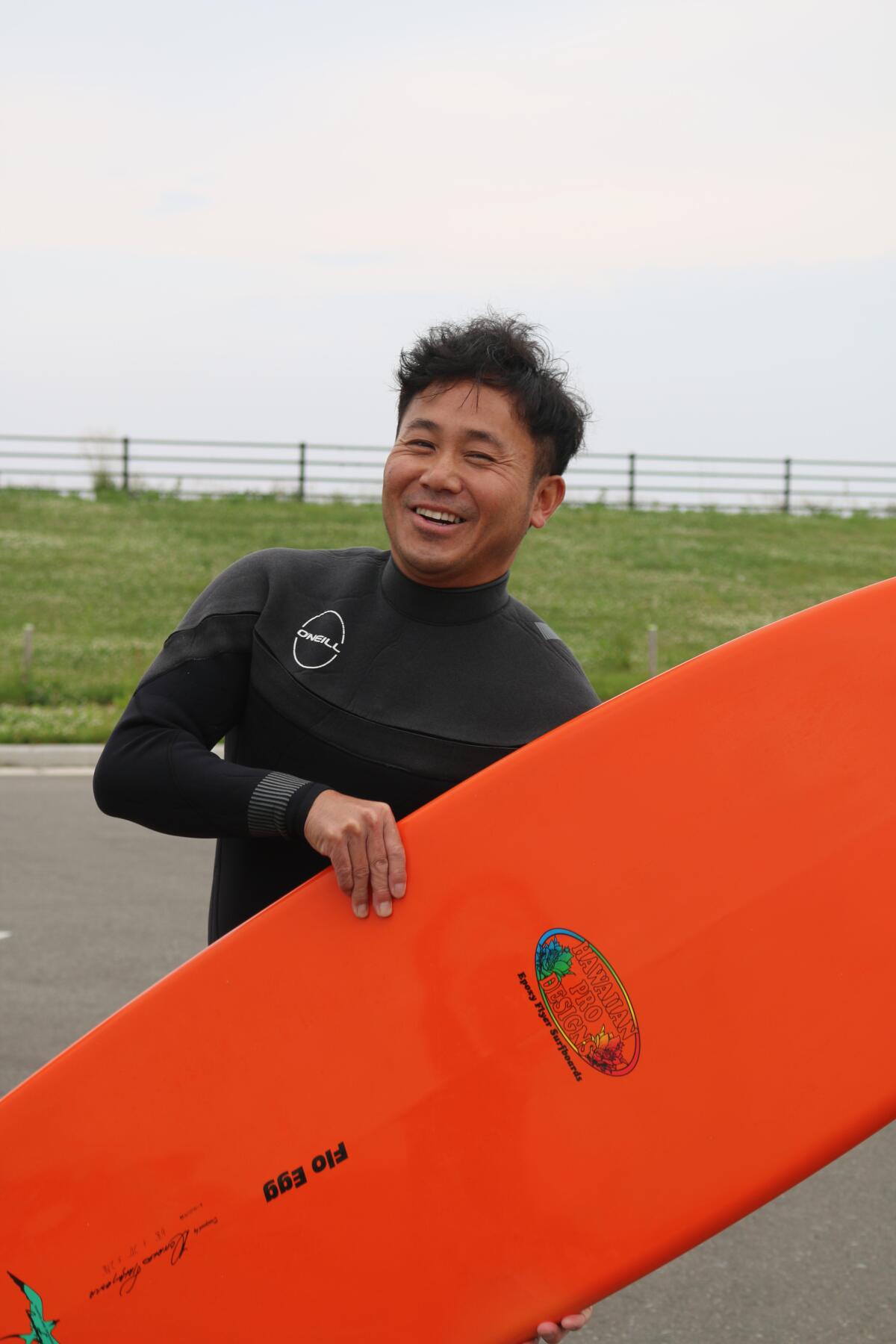
These waters, said 38-year-old Miyuki Murohara, who lives in Minamisoma and surfs every day, are “healing.”
On that fateful March day a decade ago, some devoted local surfers who had been out on the water sensed an unsettling change in the ocean. The coast’s usually steady waves suddenly disappeared. Instinct told them that something was not normal. They got out of the water.
Then the magnitude 9.0 earthquake struck, setting off the devastating tsunami that swamped the seaside nuclear plant.
Much of the Kitaizumi coast was obliterated. Minamisoma emptied out on evacuation orders over fears of radiation fallout.
Even so, it wasn’t a question of if, but when they’d return.
Okumoto said that after three years, allowing for a Buddhist mourning period for the lives lost, surfers began trickling back. It was a sign of normalcy locals found reassuring — an elderly resident told them that he was glad to see the wave riders back on Kitaizumi.
Okumoto is a bit of an evangelist when he talks about the coast and the community they’ve built around surfing here. It is his life’s work to make people see this.
“The waves here are constant, there isn’t a day you can’t surf,” he said.
Kenji Hirata is not a surfer. He stood on Kitaizumi Beach the other day watching for a stir at the end of his fishing line.
“The Olympics doesn’t directly affect me,” he said with a shrug.
The 48-year-old salaryman started fishing as a hobby during the pandemic. Whatever bureaucrats in Tokyo or elsewhere say about the recovery or reconstruction of his home, he couldn’t care less, he said.
“I don’t want people from outside to tell me whether Minamisoma has or hasn’t recovered,” he said. “It’s the people living here who are working hard every day to resume their normal life after all.”
He checked his line. He likes it here, alone with his tackle and his thoughts. A surfer lifted on a wave in the distance.
More to Read
Sign up for Essential California
The most important California stories and recommendations in your inbox every morning.
You may occasionally receive promotional content from the Los Angeles Times.
